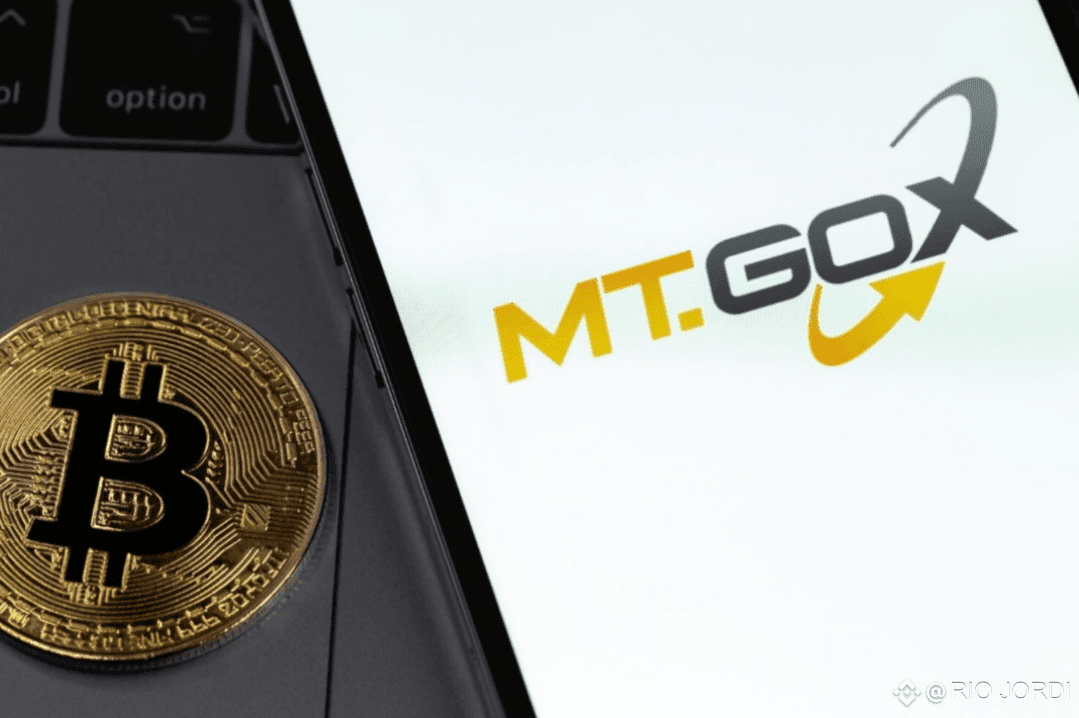
Mt. Gox began in 2010 as a quirky "Magic: The Gathering" exchange, later repurposed for Bitcoin trading by Mark Karpelès in 2011—quickly ballooning into the world’s largest bitcoin exchange, handling as much as 70–80% of all BTC trades by 2013.
But behind its success, insiders described a chaotic environment: no version control, frequent overwritten source code, and a sole gatekeeper—Karpelès himself—for security fixes.
🕵️ Security Breaches Begin
June 2011: A hacker accessed an auditor’s compromised account, forcibly shifted Bitcoin’s nominal price to a few cents, and stole ~2,000 BTC, also acquired ~650 BTC bought at an absurdly low price. None were refunded.
Staff later uncovered that the private hot wallet key had been exposed earlier—allowing stealthy skimming of BTC over 2+ years, miscategorized as internal transfers.
⚠️ Warning Signs & Regulatory Failures
May‑June 2013: Mt. Gox was sued by former partner CoinLab for breach of contract ($75 million), and the U.S. Department of Homeland Security seized over $5 million for operating as an unlicensed money transmitter. Withdrawal delays stretched up to 3 months.
Customer withdrawals in USD collapsed, effectively shaking confidence and value. By late 2013, it had slipped from #1 exchange to #3.
💥 The Collapse: 2014 Meltdown
February 2014: Mt. Gox halted all withdrawals and claimed a Bitcoin bug (transaction malleability) caused “missing” TXIDs. Within days, trading paused—its site went dark. A leaked internal memo revealed insolvency and admitted loss of 744,408 BTC, affecting millions of users.
At filing, assets were ~$33 million against $170 million in liabilities—nearly $460 million lost, plus $27 million missing from bank accounts.
🔍 After the Collapse
In 2015, CEO Mark Karpelès was arrested and indicted for embezzlement and breach of trust. Though convicted on falsifying records, he received a suspended sentence and wasn’t held directly responsible for the missing BTC.
Investigations later revealed that from 2011 to 2014, Russian nationals stole approximately 647,000 BTC and laundered them through other exchanges—BTC-e being a primary channel.
⚖️ Rehabilitation Still Ongoing
A civil rehabilitation process began in 2019 to repay creditors. As of 2024–2025, deadlines for claims have been repeatedly extended due to ongoing procedural delays.
---
📊 Key Figures at a Glance
Metric Value
BTC stolen ~650,000–744,000
Value at collapse ~$460 million
Rails handled ~70–80% of BTC trades by 2013
Rehabilitation timeline Continues beyond 2025 with creditors’ payouts
Main culprit exploit Transaction malleability + poor auditing/bookkeeping
---
🧠 Voices from the Community
> “The exchange Mt. Gox was hacked multiple times with over 850,000 Bitcoin stolen. […] This look into Mt. Gox at one of its first hacks perfectly shows that they were doomed from the very beginning.”
“Mt. Gox was operating without proper controls—delays, chaos, no internal structure. A ticking time bomb.” (paraphrased community observations)
---
✅ Why This Scandal Still Matters
Trust lessons: It underscores critical risks of centralized exchanges operating without transparency or robust controls.
Security wake‑up call: Compromised security from as early as 2011 turned into catastrophic loss by 2014.
Ongoing resolution: Creditors still await injection of justice—and aftershocks still ripple into the present.
---
🔚 What Do You Think?
Were users warned enough before collapse?
Could stronger internal controls or external audits have prevented this?
Are crypto exchanges truly safer today—or just better at hiding problems?
Share your thoughts, ask questions, and let’s dig deeper into what this means for crypto’s future.
